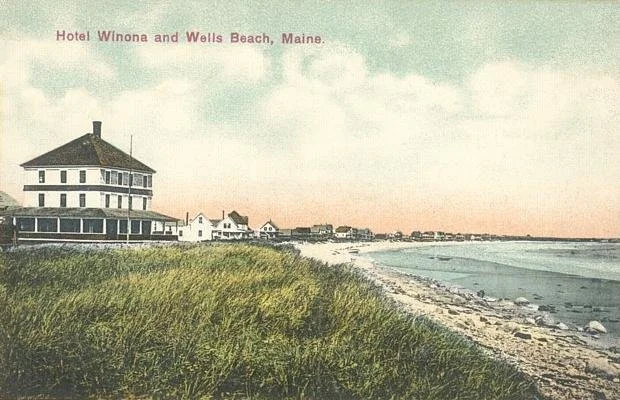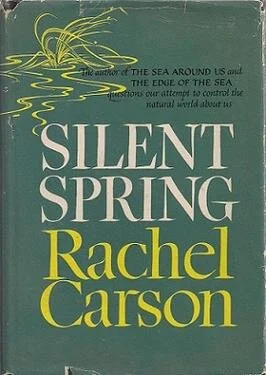“Waterlilies” (encaustic, color pigments), by Jeanne M. Griffin, who is based in Wells, Maine.
Part of her artist statement:
“Travel plays a large role in my life and, over the years, I have visited close to 100 countries. I am particularly drawn to countries of the Third World and love seeking out and visiting with local artists. I have always been fascinated with their weavings and paintings and the textures and patterns they create using various tools and materials….”
“My travels expose me to many ideas and thoughts which percolate in my head and eventually find their way into my work. {For example} I have incorporated printing with Indonesian tjaps (more commonly used in batik printing) combined with encaustic medium and color pigments to produce each one-of-a-kind painting. This is one way of keeping my wonderful memories of these beautiful countries and interesting people alive.’’
Wells has long been a popular summer resort, as you can see in this 1908 postcard. Founded in 1643, it is the third-oldest town in Maine.
Tidal salt marsh at the Rachel Carson (1907-1964) National Wildlife Refuge, in Wells, named after the prolific writer, marine biologist and conservationist best know for the books Silent Spring and The Sea Around Us. She spent summers on the Maine Coast.




















